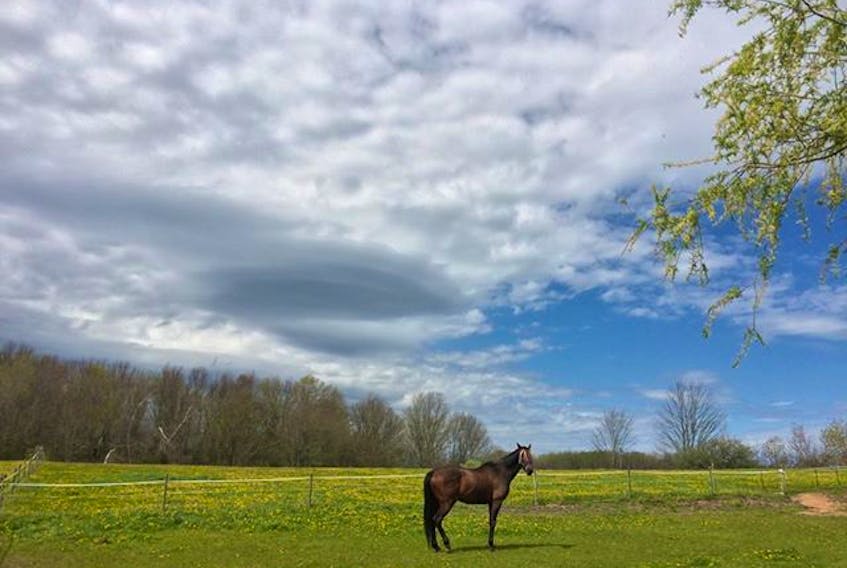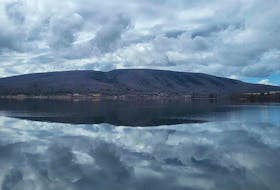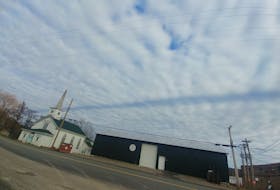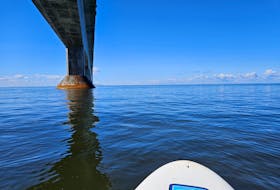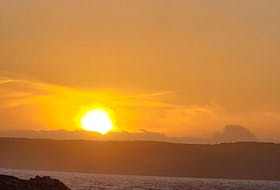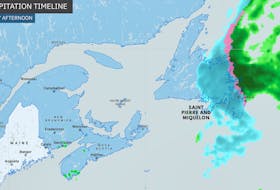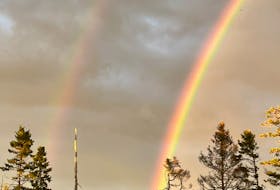I love to look up. Night or day, you never know what you’ll see.

After sunset, you could spot an interesting asterism (a collection of stars in a pattern), a low-hanging planet or two, or even the International Space Station. During the day, you might find a ring around the sun, sundogs, or maybe even a UFO! You don’t have to believe in UFOs to see a cloud that looks like one - just ask Jeff Dalton. He was out on the North Mountain, N.S., earlier this month and spotted it: the cloud that is commonly referred to as the UFO cloud.
There is nothing common about this cloud.
First let’s start with its proper name: altocumulus lenticularis, or lenticular cloud. It’s a stationary, lens-shaped cloud that forms over higher elevations; you’ll almost always find this cloud in perpendicular alignment to the wind direction. It forms where stable, moist air flows over a mountain or a range of mountains. In some cases, it doesn’t take a very significant elevation to trigger the process. The cloud itself forms on the downwind side of the lift. If the temperature at the crest of the wave drops to the dew point, moisture in the air can condense to form a lenticular cloud. As the moist air moves back down into the trough, or bottom, of the wave, the cloud often starts to evaporate.
Pilots of motorized aircraft tend to avoid flying near lenticular clouds because of the turbulence that accompanies them, but glider pilots go looking for them. Wave lift is usually smooth and strong, allowing gliders to soar to great distances.
I’m told that authorities receive a few calls each year about the invasion of UFO when these beauties dot the sky.
Thanks for looking up and for sharing, Jeff.
Learn more about rare cloud formations:
Have a weather question, photo or drawing to share with Cindy Day? Email [email protected]
Cindy Day is the chief meteorologist for SaltWire Network.

